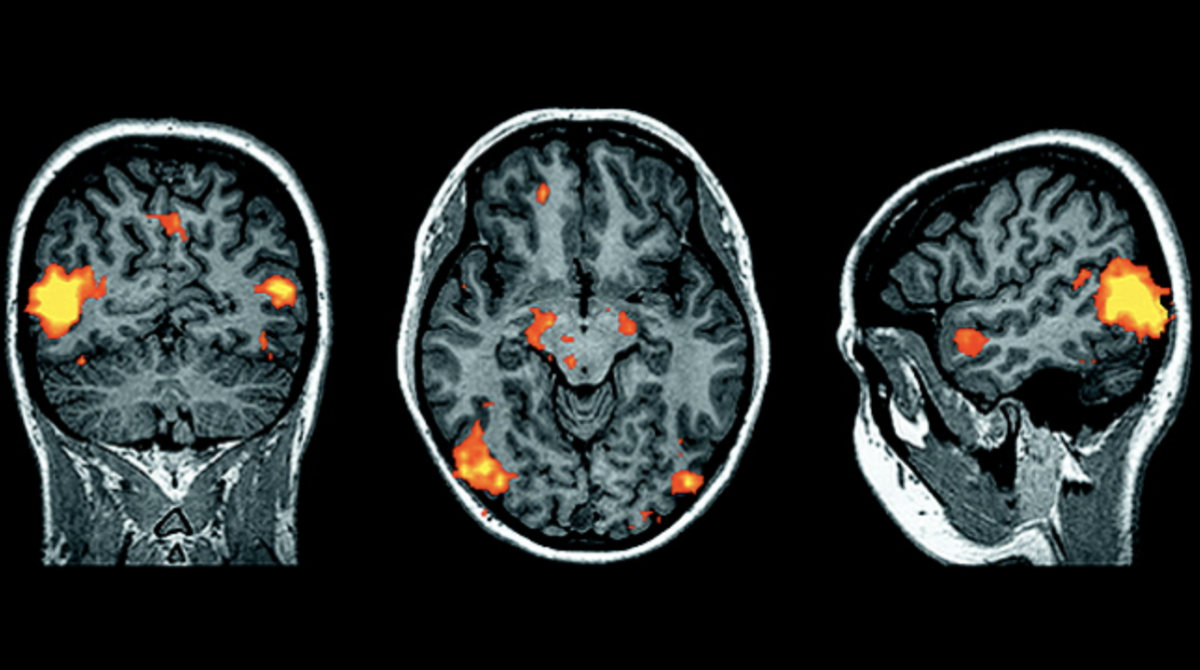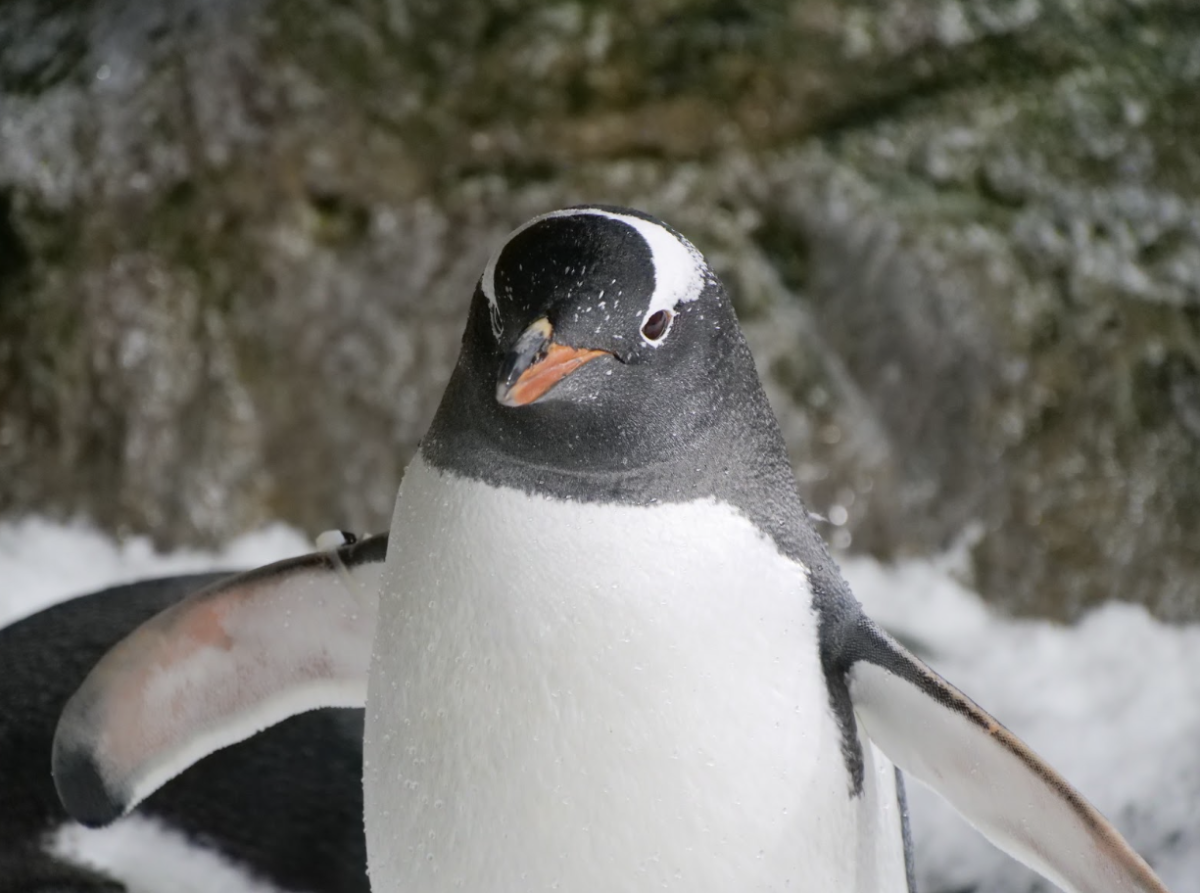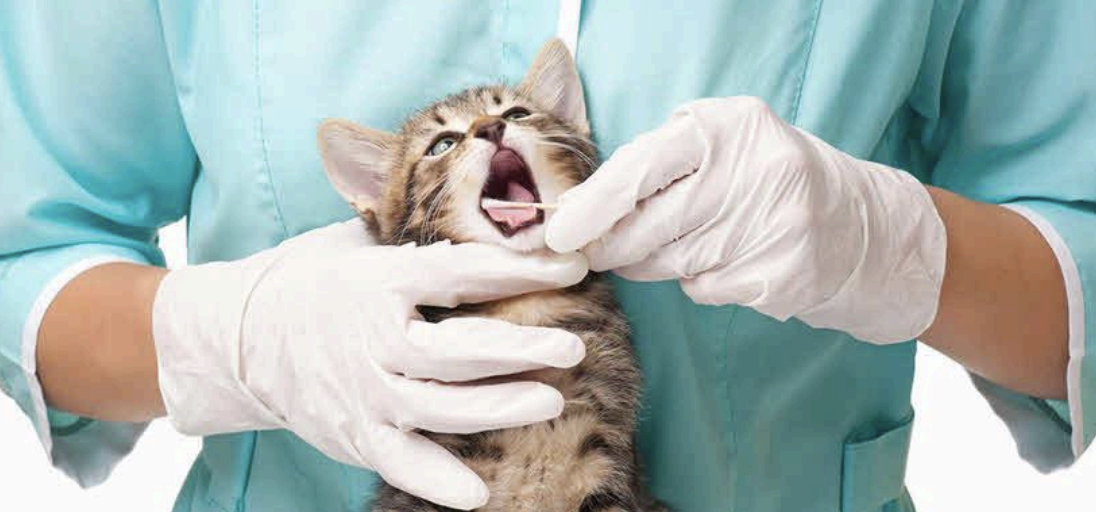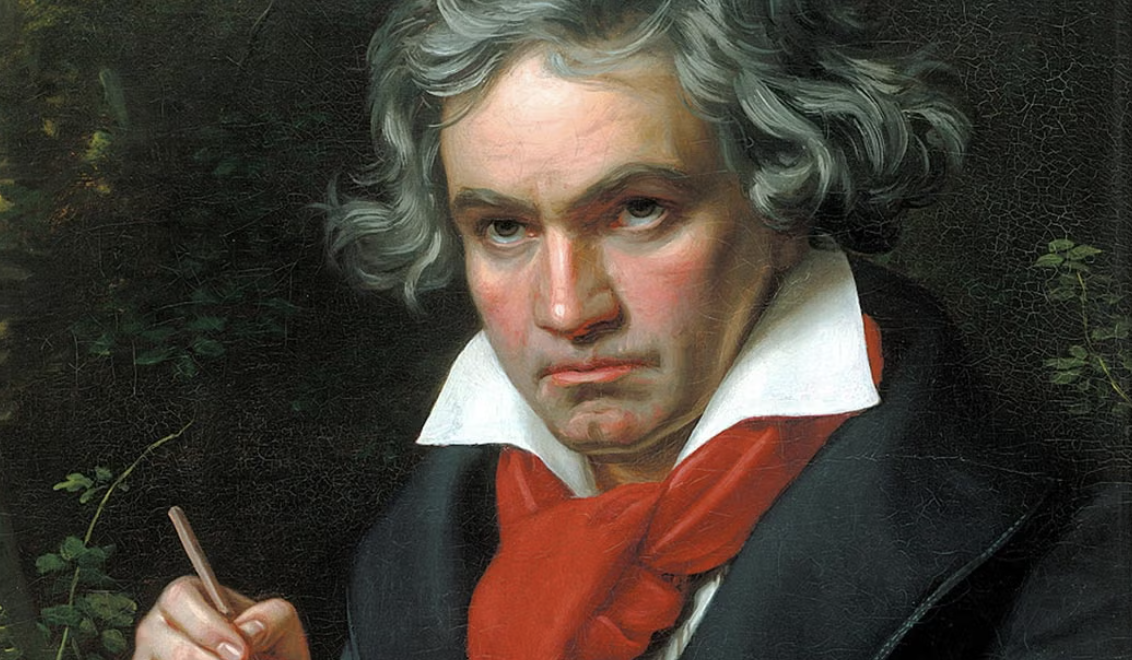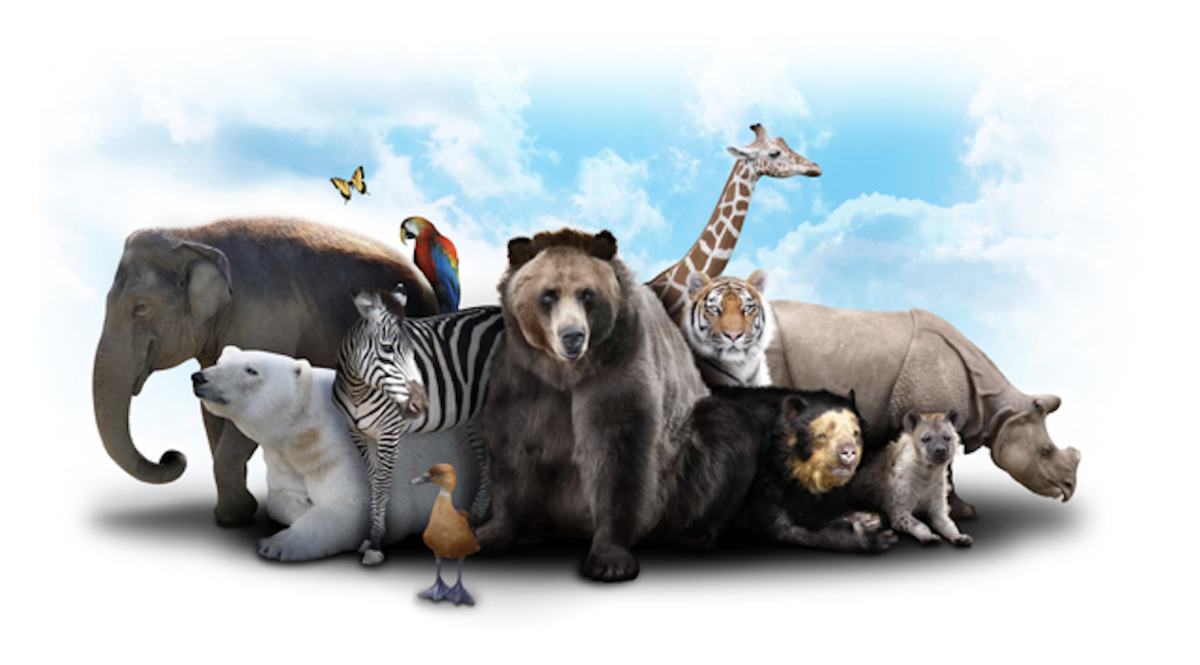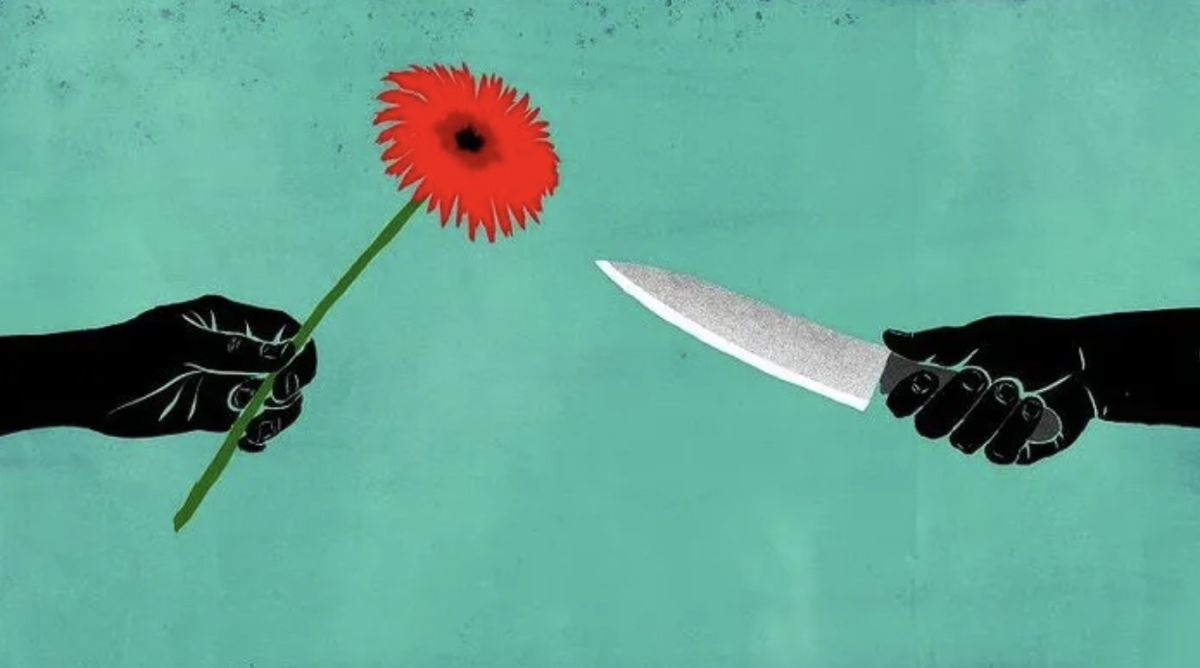We’re all familiar with bulldogs: wrinkled, pudgy, and perpetually grumpy faces, scrunched-up noses, and stout, low-slung torsos. Their unusual yet endearing appearance has won hearts around the world. In fact, according to the American Kennel Club, they are among the top 5 most popular dog breeds in the United States.
Years of selective breeding have refined and accentuated the extreme traits that bulldogs are so well known for, but which in the process may have put their health at risk. Bulldogs are notoriously brachycephalic (flat-faced) due to their physical conformation and as a result are very prone to chronic health issues like breathing issues and skin, dental, and joint problems.
A study in the journal Canine Medicine and Genetics has shown that, compared to other dogs, bulldogs are twice as likely to be diagnosed with at least one major disorder, 38 times more likely to suffer from dermatitis, and 27 times more likely to suffer from cherry eye, a condition in which their third eyelid protrudes from the lower eye, forming a swollen red mass.
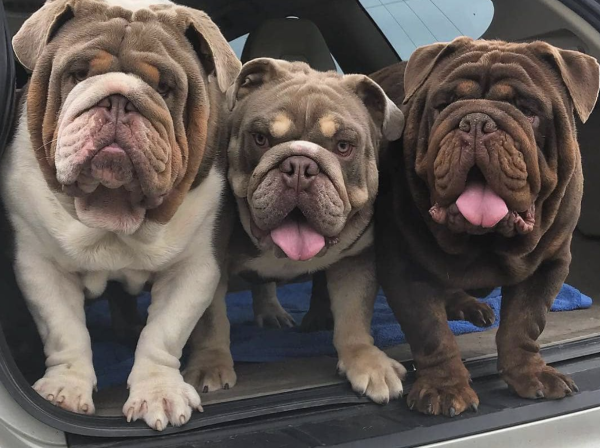
On top of all of this, bulldogs are unable to procreate normally. Over 90% of bulldogs today are born by C-sections because their heads have been bred to become larger and larger over the years and therefore cannot be born naturally through the pelvic canal.
Summative genetic assessments have shown that bulldogs do not have a large enough gene pool or overall genetic diversity for breeders to appropriately raise healthier bulldogs with more moderate characteristics.
Researchers at UC Davis discovered in 2016 that bulldogs all descend from a small group of common ancestors, or “founding” animals, restricting genetic variety. Sometime later, humans may have further reduced the overall gene pool of the original founding group by extensively breeding a large number of female bulldogs with only one male “sire”, a popular and well-loved show winner with the most desirable features.
As a result, bulldog genomes – their genetic layouts – are so similar to one another that they are all more closely related than if a brother and sister had offspring.
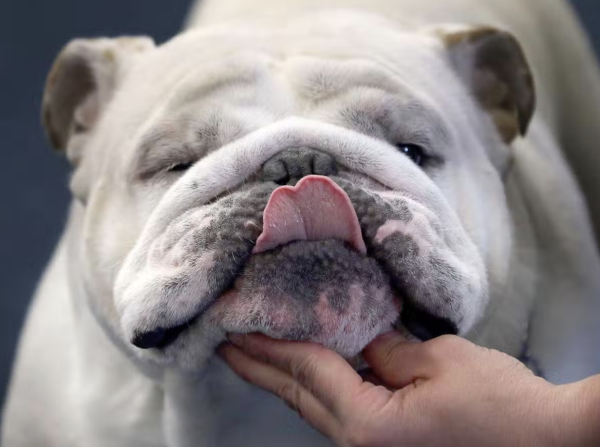
Normally in these types of cases, crossbreeding the dog with other breeds to add some diversity to the gene pool would be the best course of action but in this case, it is not usually permitted. Bulldogs are considered purebred and therefore have “closed studbooks” wherein individuals must exclusively mate with other dogs of the same breed. With bulldogs, the concept of closed studbooks and the obsession with keeping them as “purely bred” as possible only makes the situation worse.
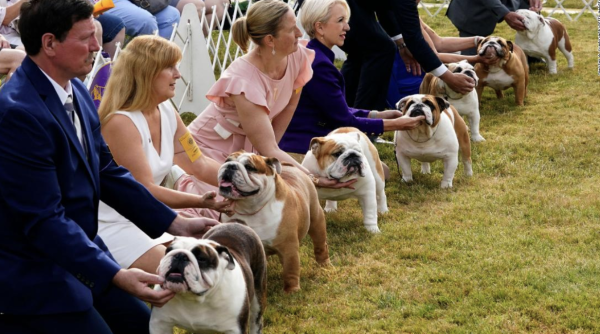
As it stands, bulldogs have an average lifespan of just 8 years due to their recurring health complications. This number is only expected to decrease with every new generation unless they are crossbred with other dogs to produce healthier and longer-lasting hybrid offspring.
The most we can do to protect the breed and improve its future is by collectively demanding healthier bulldogs with more moderate and healthy traits, such as less wrinkled skin, longer noses, and more proportionate body shapes. Moreover, we should also step away from the outdated and problematic idea of purebred dogs.
While bulldogs are undeniably adorable, we can’t ignore the moral concerns that come with the breed. All dogs deserve to be able to walk normally, breathe normally, exercise normally, and live the healthiest and happiest life possible. Humans should not get in the way of that.
Sources:







